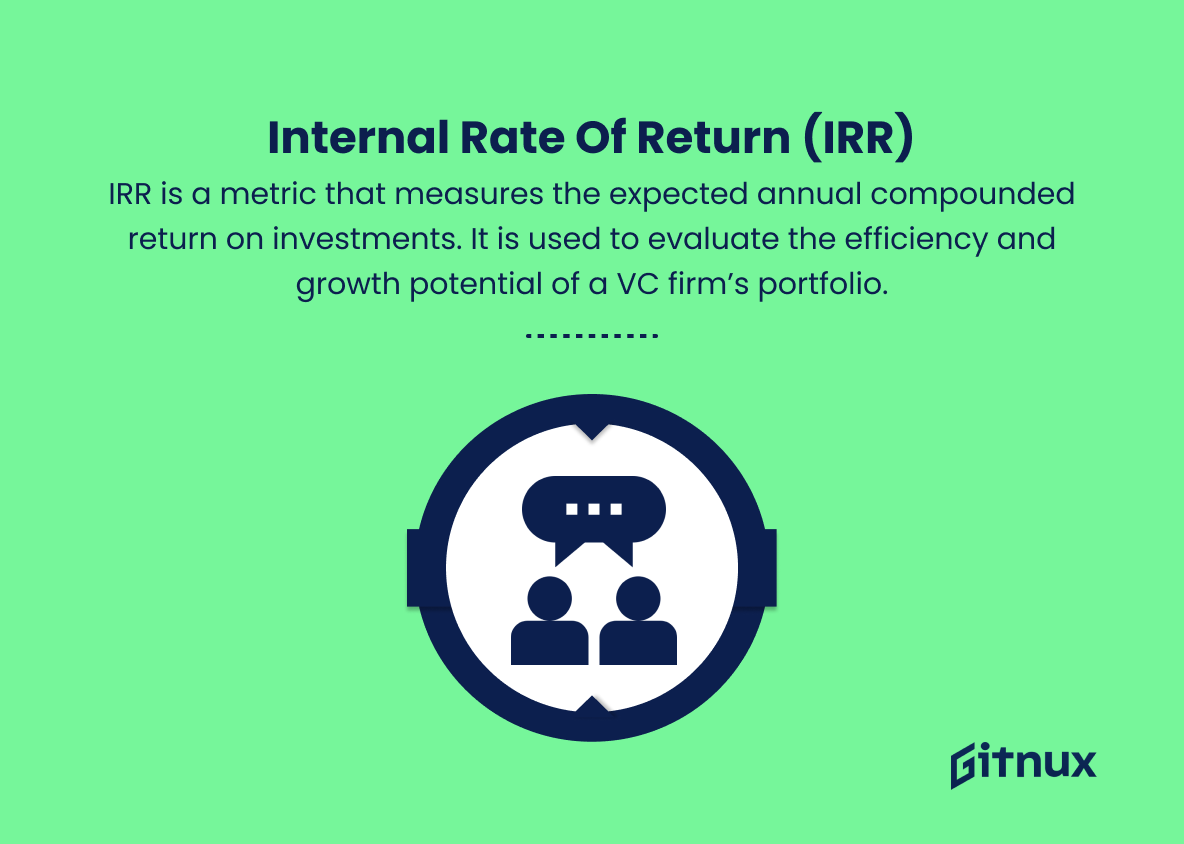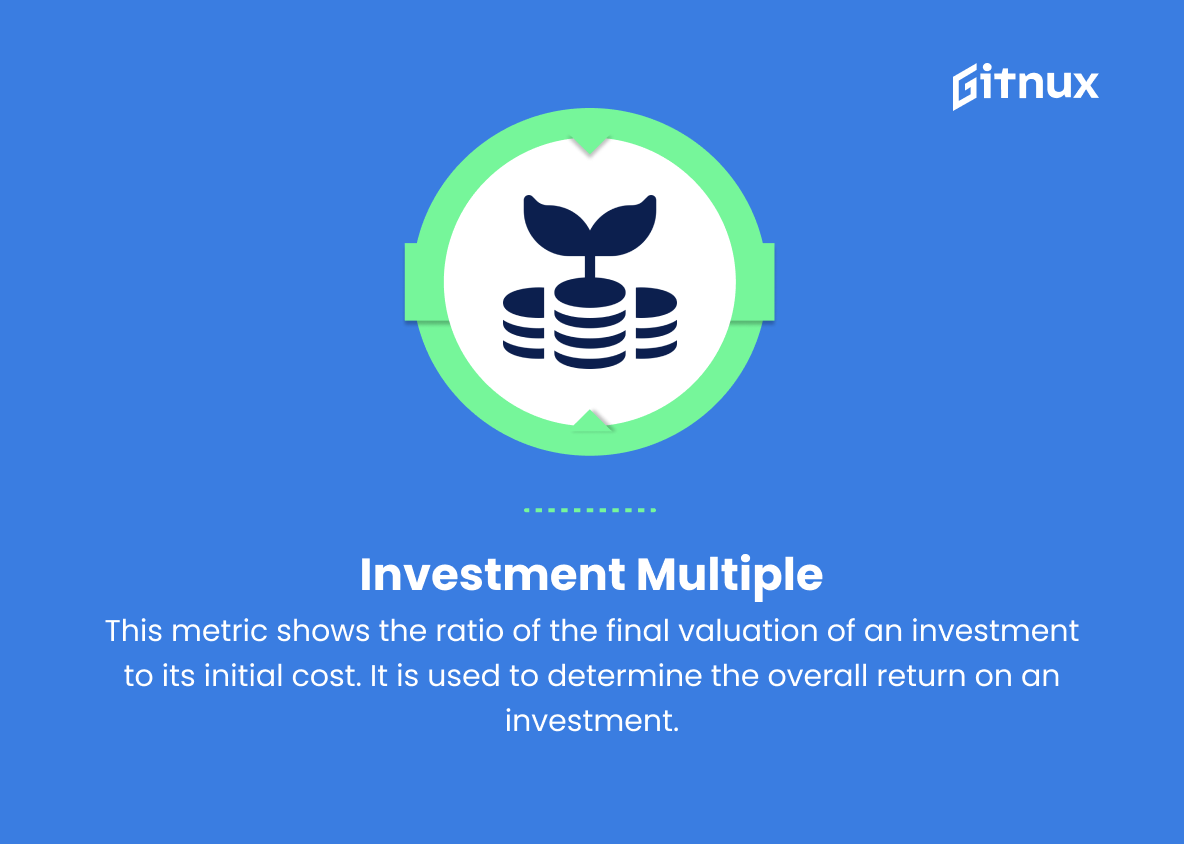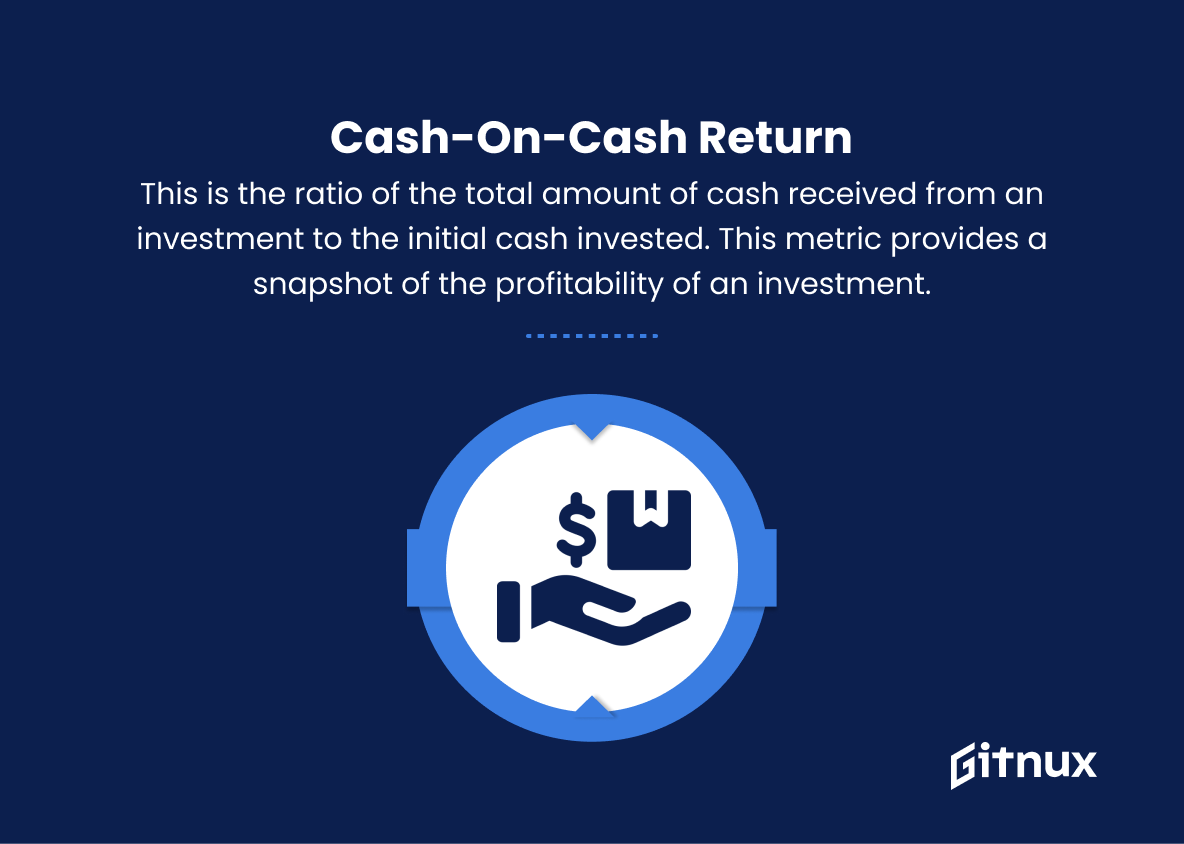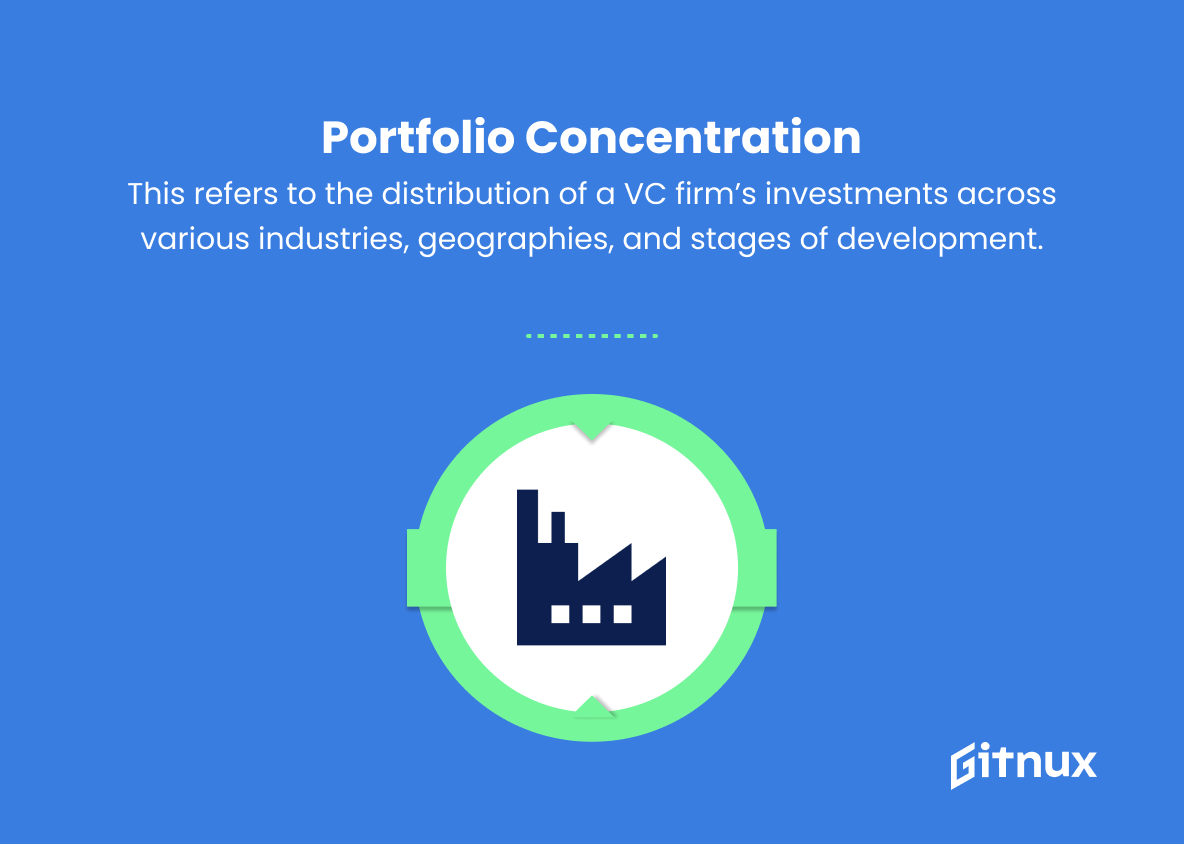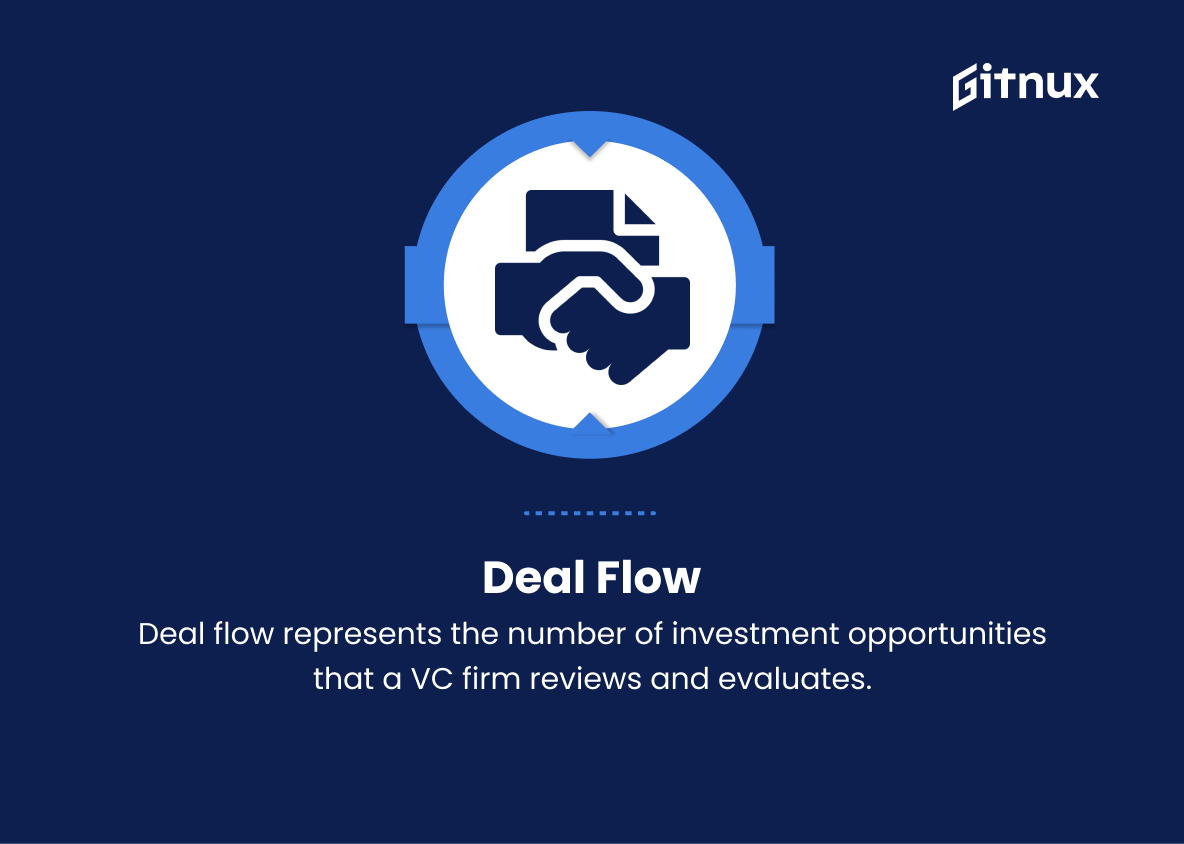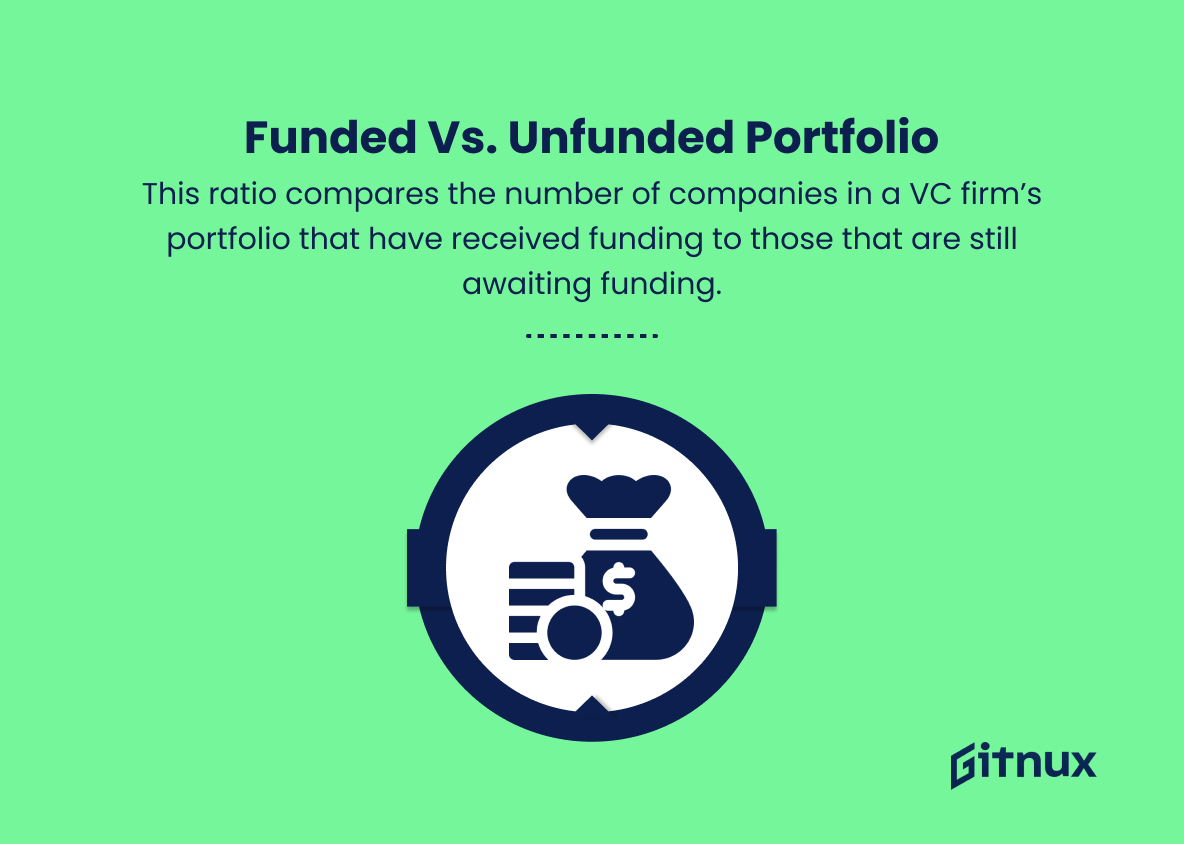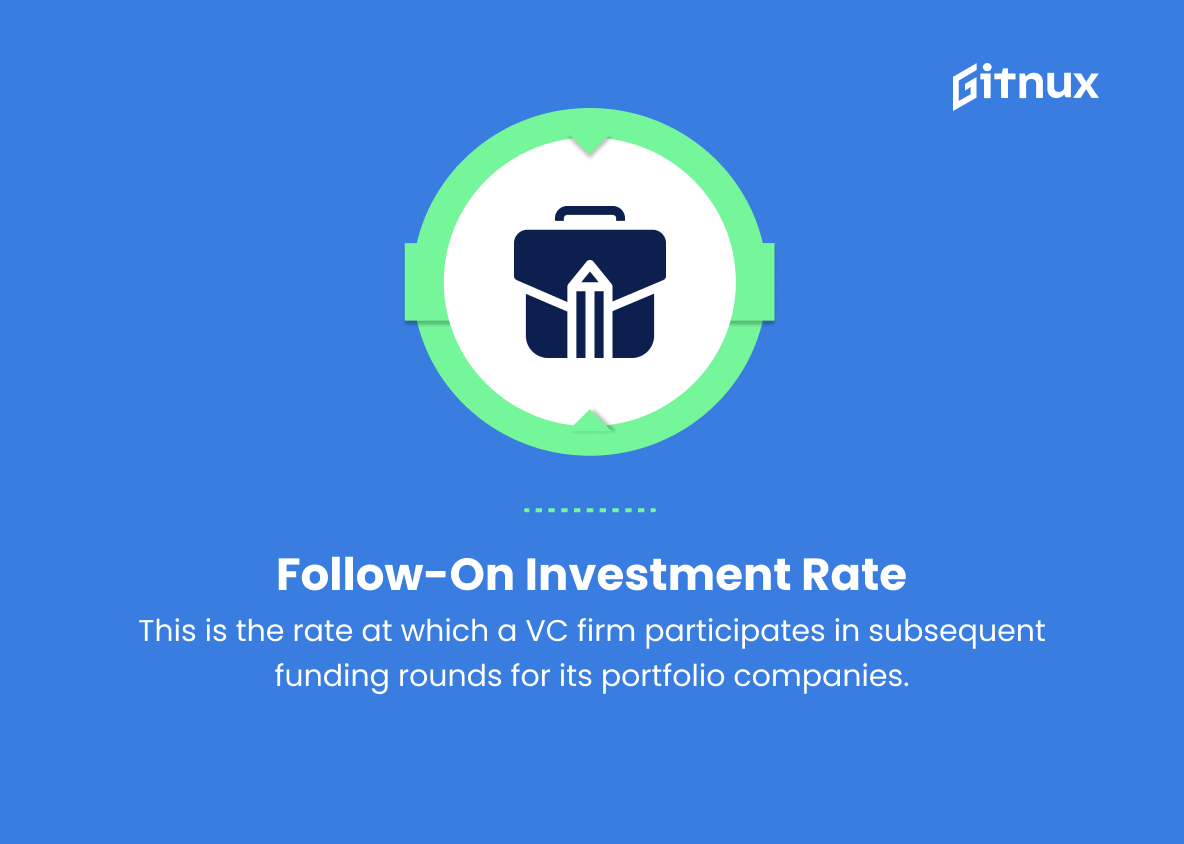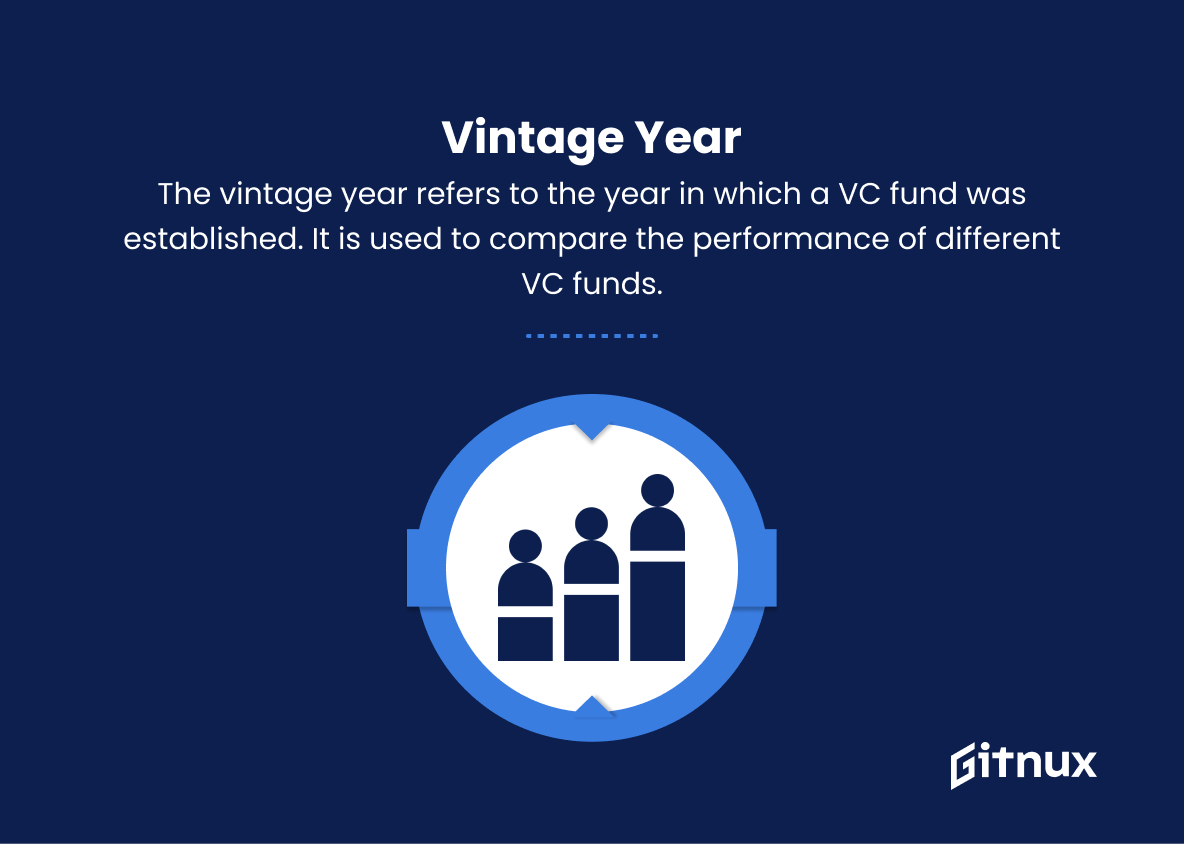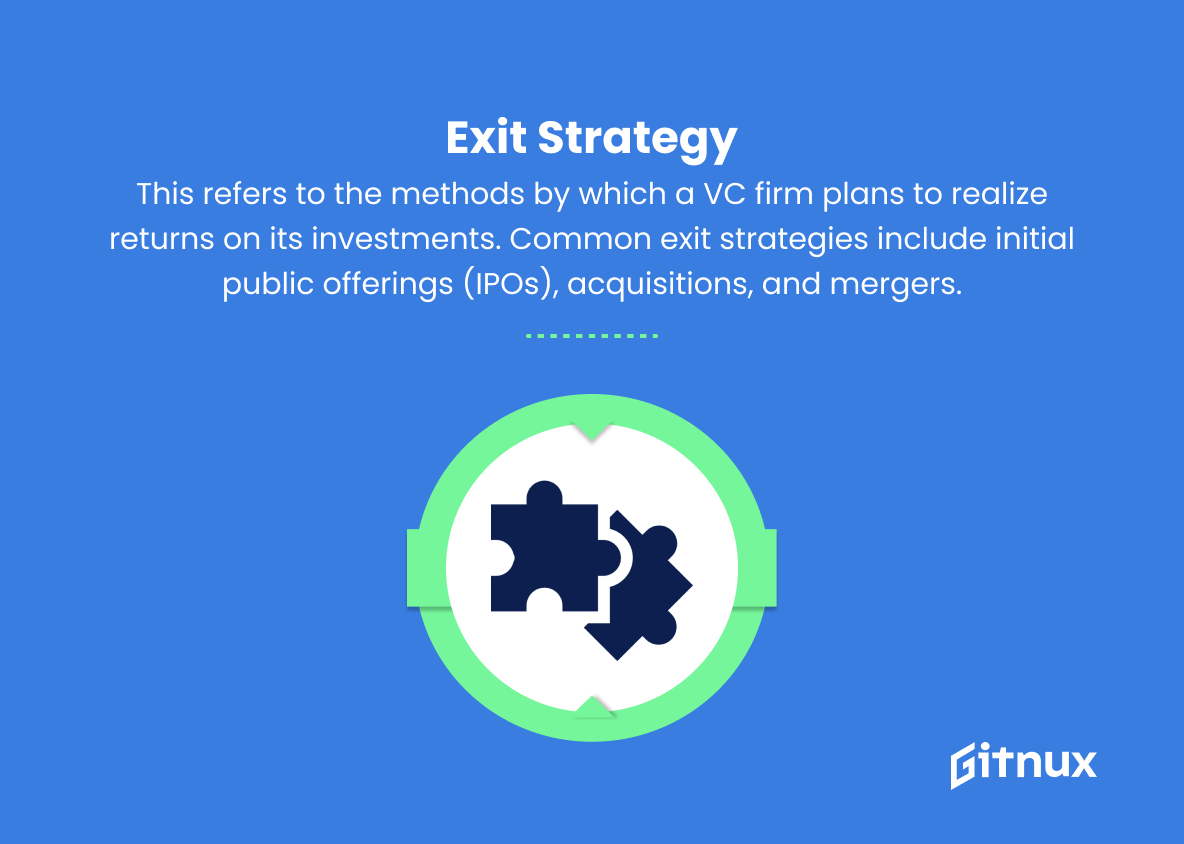In the ever-evolving landscape of business and innovation, venture capital (VC) has emerged as a critical driving force behind the growth and success of countless startups and emerging enterprises. For both investors and entrepreneurs alike, understanding key venture capital metrics is essential to making informed decisions when it comes to identifying potential investments and evaluating a startup’s trajectory.
In this comprehensive blog post, we will delve deep into the world of VC metrics and shed light on the pivotal role they play not only in securing funding, but also in sustaining long-term growth for businesses. Whether you are a seasoned investor or a budding entrepreneur, this guide will equip you with valuable insights and practical knowledge to navigate the complex and often demanding world of venture capital.
Venture Capital Metrics You Should Know
1. Assets Under Management (AUM)
AUM refers to the total market value of investments managed by a venture capital firm. It is a widely used metric to gauge the size and success of a VC firm.
2. Internal Rate of Return (IRR)
IRR is a metric that measures the expected annual compounded return on investments. It is used to evaluate the efficiency and growth potential of a VC firm’s portfolio.
3. Investment Multiple
This metric shows the ratio of the final valuation of an investment to its initial cost. It is used to determine the overall return on an investment.
4. Cash-on-Cash Return
This is the ratio of the total amount of cash received from an investment to the initial cash invested. This metric provides a snapshot of the profitability of an investment.
5. Time to Exit
Time to exit measures the time it takes for an investment to generate returns through an exit event, such as an IPO or an acquisition. It is an important metric for assessing the liquidity of investments and the efficiency of a VC firm’s investment strategy.
6. Portfolio Concentration
This refers to the distribution of a VC firm’s investments across various industries, geographies, and stages of development. A well-balanced portfolio is generally considered less risky and more likely to yield good returns.
7. Deal Flow
Deal flow represents the number of investment opportunities that a VC firm reviews and evaluates. A higher deal flow usually leads to better investment opportunities and a more extensive network.
8. Funded vs. Unfunded Portfolio Companies
This ratio compares the number of companies in a VC firm’s portfolio that have received funding to those that are still awaiting funding. It helps in assessing the pace at which the VC firm is deploying its capital and the success of its investment strategy.
9. Follow-on Investment Rate
This is the rate at which a VC firm participates in subsequent funding rounds for its portfolio companies. A high follow-on rate indicates confidence in the firm’s investments and an active management approach.
10. Vintage Year
The vintage year refers to the year in which a VC fund was established. It is used to compare the performance of different VC funds over their lifetime and helps in understanding the market conditions that impacted a fund’s investments.
11. Capital Deployment Rate
This metric measures the speed at which a VC firm invests its capital. A faster deployment rate can be a sign of a more aggressive investment strategy, while a slower rate may indicate a more conservative approach.
12. Exit Strategy
This refers to the methods by which a VC firm plans to realize returns on its investments. Common exit strategies include initial public offerings (IPOs), acquisitions, and mergers.
Venture Capital Metrics Explained
Venture Capital metrics play a crucial role in evaluating and understanding the performance and efficiency of a venture capital firm’s investments. Metrics such as Assets Under Management (AUM) provide an insight into the size and success of a firm, while Internal Rate of Return (IRR) measures the growth potential of the portfolio. With Investment Multiple and Cash-on-Cash Return, profitability and overall returns can be determined.
Time to Exit, Portfolio Concentration, and Deal Flow help assess liquidity, risk levels, and investment opportunities, respectively. Funded vs. Unfunded Portfolio Companies, Follow-on Investment Rate, Vintage Year, and Capital Deployment Rate further aid in assessing success and investment strategies, while Exit Strategy reveals methods of realizing investment returns. Collectively, these metrics are essential for investors as they provide a comprehensive understanding of a VC firm’s performance and long-term potential.
Conclusion
In summary, understanding and assessing Venture Capital Metrics is crucial for both venture capitalists and startups alike. These metrics not only provide an insightful look into a company’s current performance and potential but also help predict future growth and success. By being well-versed in key industry benchmarks, such as IRR, ROI, TVPI, DPI, and PME, investors can make more informed decisions and manage their portfolios effectively.
Meanwhile, startups can leverage these metrics to attract funding, optimize their business strategies, and navigate the competitive landscape of the venture capital ecosystem. Ultimately, through a holistic approach to evaluating venture capital metrics, stakeholders can contribute to shaping a vibrant, innovative, and sustainable entrepreneurial landscape.

